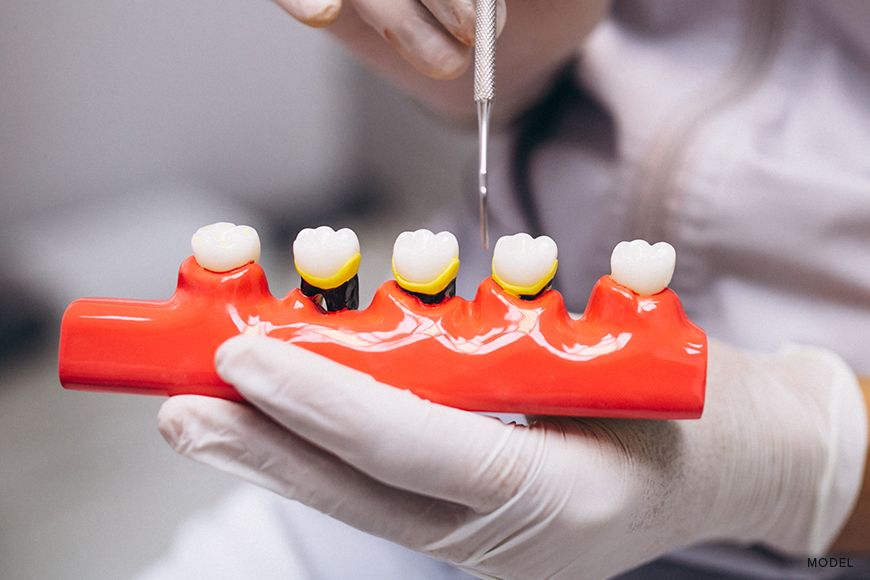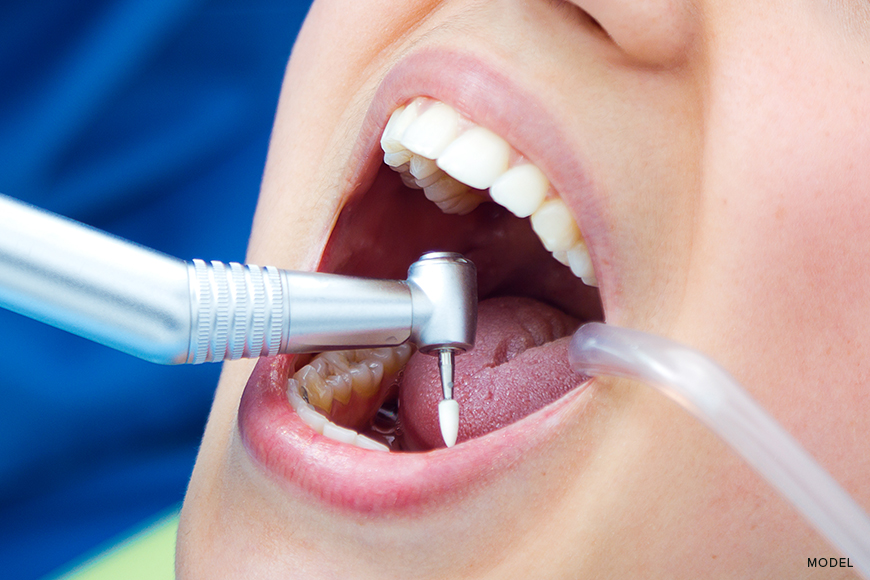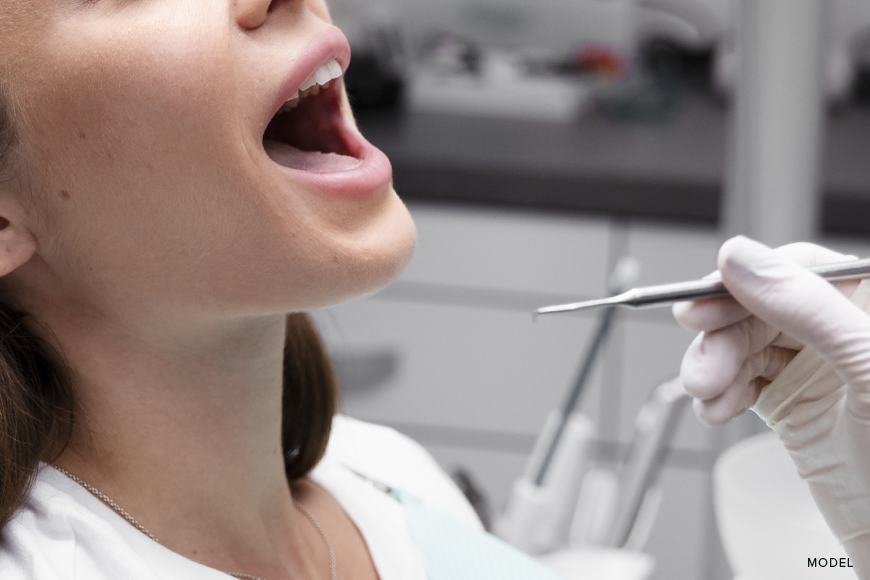Are you considering dental implants but concerned about the condition of your jawbone? Dental implant surgery requires a strong and healthy jawbone to ensure successful implant placement. However, if you have experienced bone loss due to tooth extraction, gum disease, or trauma, you may require a bone grafting procedure before undergoing dental implant surgery.
Understanding Bone Grafting for Dental Implants
Bone grafting is a dental procedure that involves adding volume and density to your jawbone. When the bone surrounding a missing tooth is weakened, it needs to be strengthened to provide adequate support for the dental implant, remaining teeth, and surrounding tissues. Without sufficient bone, dental implant surgery may not be possible or may lead to implant failure.
Bone grafting is typically performed by taking bone from another part of the patient’s body (autograft), using bone from a human tissue bank (allograft), or utilizing bone material from an animal tissue bank (xenograft). Once the bone graft procedure is completed, the body’s natural healing process begins, and the grafted bone integrates with the existing bone, creating a strong foundation for future dental work.
Types of Dental Bone Grafts
There are four main types of dental bone grafts commonly used in grafting for dental implants:
- Autograft: An autograft involves taking bone tissue from one part of the patient’s own body, such as the chin, back of the jaw, or hip, and transplanting it to the jawbone where density is low. Autografts are considered the gold standard of bone grafts because the patient’s own bone is less likely to be rejected. It also contains bone-growing cells that increase the likelihood of successful bone healing.
- Allograft: An allograft utilizes bone from a deceased donor. The bone tissue is thoroughly cleaned to reduce the risk of disease or bacterial transmission. Allografts are advantageous because the patient does not have to undergo another procedure to harvest bone.
- Xenograft: A xenograft uses bone material from an animal, typically a cow or pig. The underlying bone is carefully cleaned to reduce the risk of bacterial or disease transmission. Xenografts are less common than autografts and allografts, but they can be useful in cases where there is a limited amount of donor bone available.
- Alloplast: An alloplastic involves using synthetic materials, such as calcium phosphate or calcium sulfate, to create bone-like structures. This type of bone grafting material is often used when there is a limited amount of donor bone available.
Who May Need a Bone Graft Prior to Dental Implant Surgery?
A patient may need a dental bone graft prior to getting a dental implant if they have experienced loss of bone in the jaw. Dental implants require sufficient bone material to support them, so if there is not enough bone present, a bone graft may be necessary. Bone loss can occur due to various reasons, including tooth extraction, gum tissue disease, or trauma. The degree of bone loss varies from patient to patient. Some patients may require a bone graft to ensure a successful dental implant placement, while others with less bone loss may not require a bone graft at all.
Additionally, patients with active gum tissue disease, previous dental abscesses or infections, or those who are regular smokers may also be more likely to require a bone graft due to the negative effects of these factors on bone health.
The Bone Graft Procedure
Before a bone graft procedure is deemed necessary, a thorough examination and imaging are performed to assess the patient’s oral health and the extent of bone loss. Once it is determined that a bone graft is required, the procedure typically follows these steps:
- Anesthesia: The patient is given a local anesthesia to prevent pain and discomfort during the surgery. In some cases, patients with high anxiety levels may also receive inhaled, oral, or IV sedation for added comfort.
- Incision: The dentist makes an incision at the site of the damaged or diseased bone and between the neighboring teeth.
- Preparation of the graft: The dentist prepares the bone graft, which can be sourced from the patient’s own body (autograft), a donor (allograft), an animal (xenograft), or synthetic materials (alloplast).
- Placement of the graft: The dentist inserts the bone graft into the site of the damaged or diseased bone and secures it with screws, wires, or pins if necessary.
- Closure: Once the bone graft is in place, the dentist closes the incision with stitches or staples to ensure proper healing.
- Healing and Integration: Over time, the grafted bone integrates with the existing bone, creating a strong foundation for future dental work. The healing process can take several months, during which the patient will be closely monitored by the dentist.
- Dental Implant Placement: Once the grafted bone has fully integrated and healed, the patient can proceed with dental implant surgery. The dental implant, which serves as an artificial tooth root, is placed into the jawbone and allowed to fuse with the surrounding bone.
Don’t let a weakened jawbone hold you back from achieving the smile you deserve. Contact Madison Dentistry & Implant Center today to schedule your consultation and explore the possibilities of grafting for dental implants. Take the first step towards a healthier and more confident you.





